Can individuals with Ehlers-Danlos syndrome find relief through various non-surgical treatments to reduce joint instability? Introduction The joints and ligaments surrounding the musculoskeletal system allow…
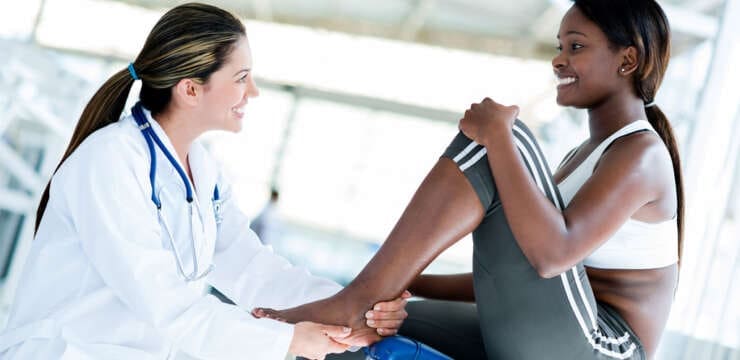
The spinal column, also known as the backbone, is a strong, flexible structure. It holds the weight of the head and torso. It allows movement in many directions. If it were a straight, inflexible rod, it would make humans walk like robots. However, that is not the case. The spine is flexible (moved and supported by muscles), which enables the ability to twist, hit a golf ball and bend. The spinal column surrounds your spinal cord like conduit around an electric cord. It protects the spinal cord, which can be thought of as a bundle of nerves running from the brain, through the spinal column and branching out to the rest of the body. The spine consists of three natural curves; the neck curvature or cervical spine, the upper back curvature or thoracic spine, and the lower back curvature or lumbar spine, all which make a slight “S” shape when viewed from the side. The spine is an essential structure because it helps support the upright posture of humans as well as provide the body with flexibility to move and protect the spinal cord. Spinal health is important in order to ensure the body is functioning to its fullest capacity. Not only is health coaching utilized to ensure your body is getting the proper nutrients, but it also provides you with strengthing activities to help with posture and protecting the spine. Dr. Alex Jimenez strongly indicates across his collection of articles on spine care, how to properly support a healthy spine.

Can individuals with Ehlers-Danlos syndrome find relief through various non-surgical treatments to reduce joint instability? Introduction The joints and ligaments surrounding the musculoskeletal system allow…
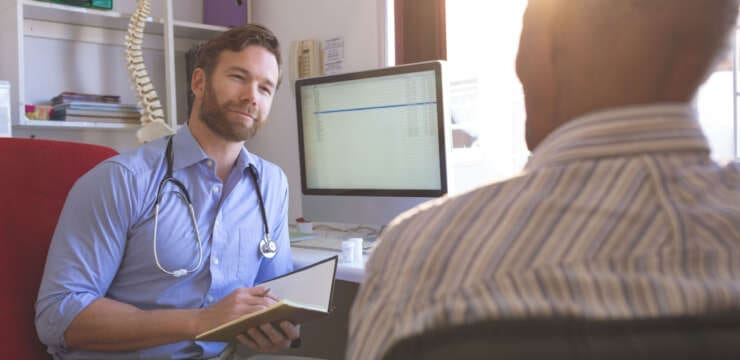
For individuals who have exhausted all other treatment options for low back pain and nerve root compression, can laser spine surgery help alleviate nerve compression…
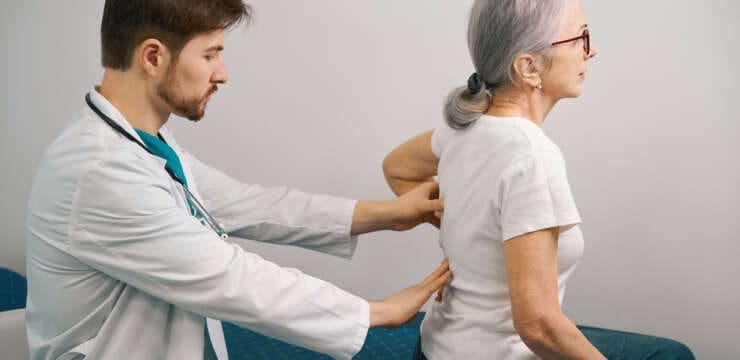
Spinal stenosis is the term used to describe a narrowing spine. Treatments vary because everybody’s case is different. Some individuals experience mild symptoms, while others…
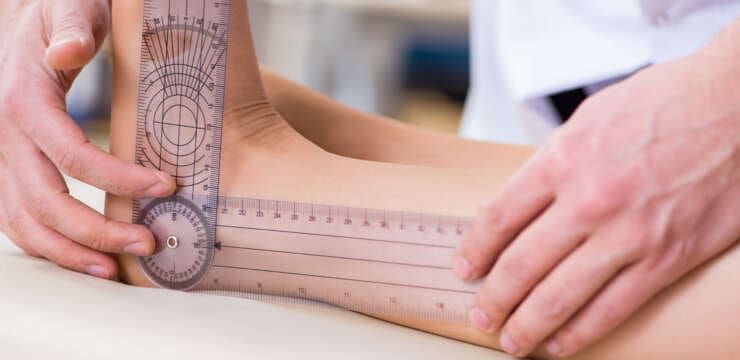
Can individuals with joint hypermobility find relief through nonsurgical treatments in reducing pain and restoring body mobility? Introduction When a person moves their body, the…
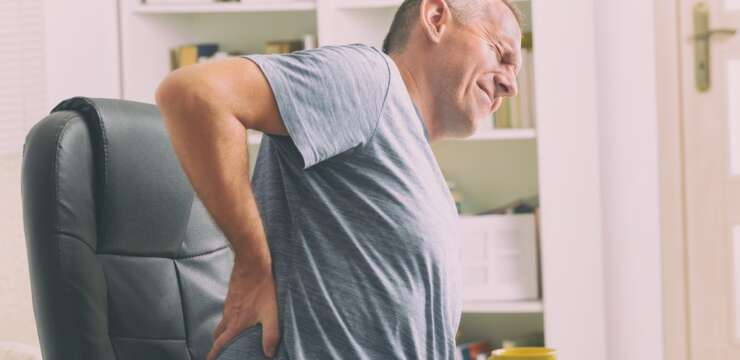
Can individuals with herniated discs find the relief they are looking for from traction therapy or decompression to provide pain relief? Introduction The spine allows…
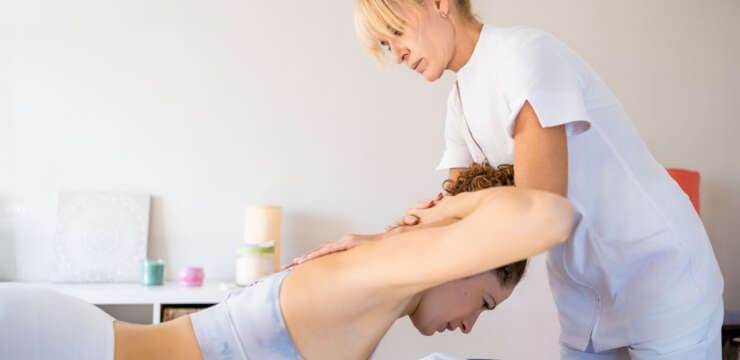
“Learning the cause of the problem and how to manage it effectively can help individuals experiencing back spasms quickly and safely return to previous levels…
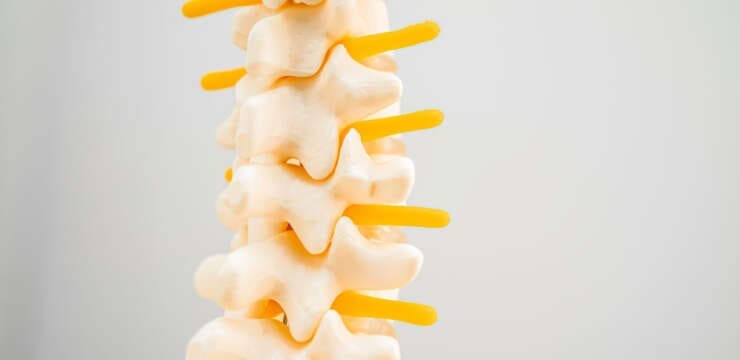
“For individuals looking to improve their spinal health, can understanding the anatomy of the intervertebral foramen help in injury rehabilitation and prevention?” Intervertebral Foramen The…
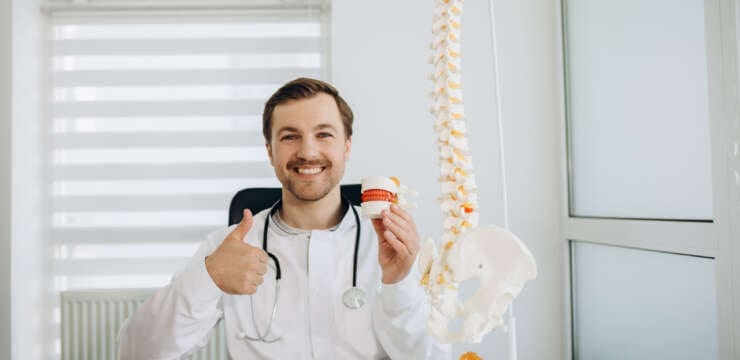
“For individuals suffering from back pain, can knowing basic chiropractic terminology help in understanding diagnosis and treatment plan development?” Chiropractic Terminology The chiropractic principle is…
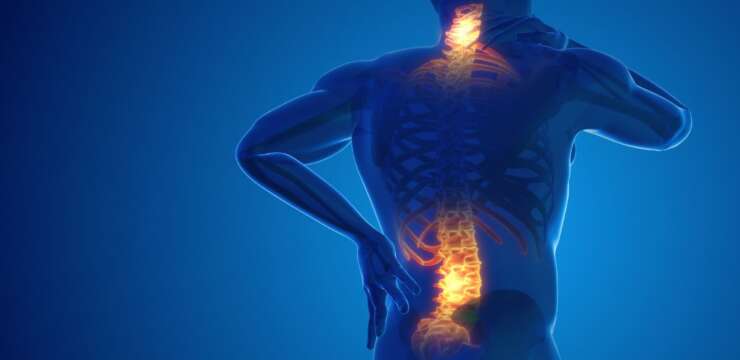
Can working individuals dealing with degenerative pain syndrome incorporate decompression to provide body relief and mobility? Introduction As part of the musculoskeletal system, the spine…
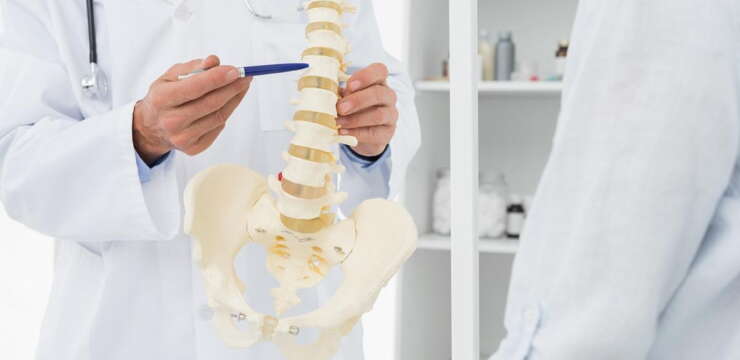
Can individuals with osteoarthritis incorporate spinal decompression therapy to restore spinal mobility and quality of life? Introduction As the body ages, so does the spine,…
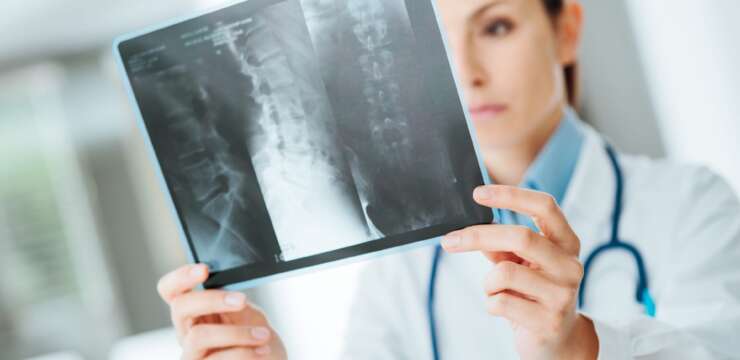
Can individuals dealing with neck and back pain find the relief they need from the effects of spinal decompression therapy? Introduction Across the world, many…
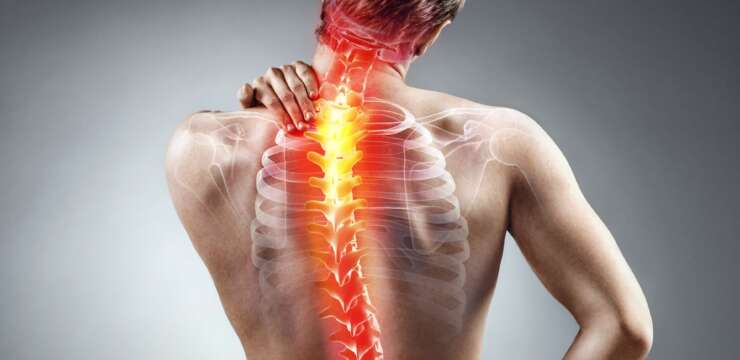
Can individuals incorporate decompression to reduce spinal disc pressure on their lower backs to restore their quality of life? Introduction The spine has a wonderful…
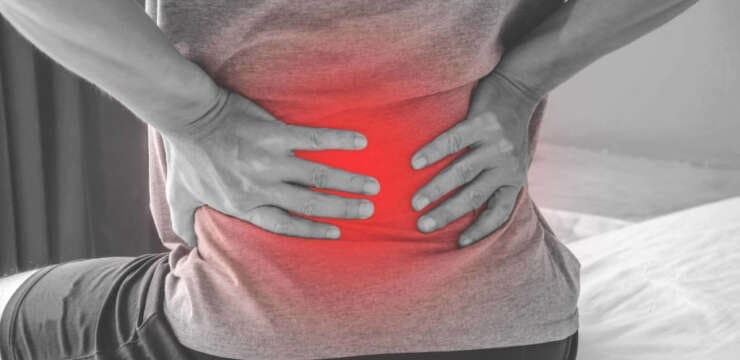
Can individuals with herniated pain associated with low back pain find relief through spinal decompression to restore mobility? Introduction Many people worldwide have experienced pain…
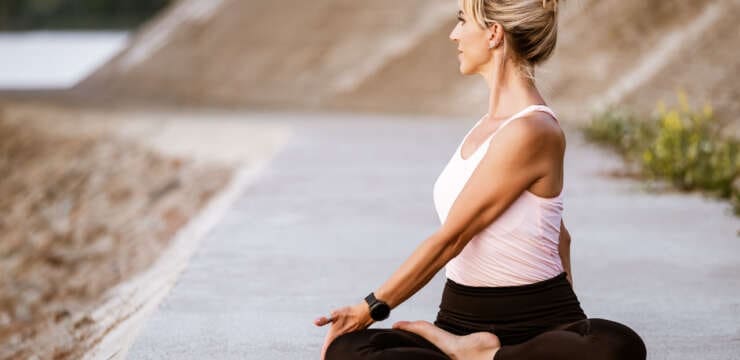
“For individuals trying to maintain a healthy spine, can understanding the causes and prevention of rotated vertebrae help protect the spine from harmful rotation of…
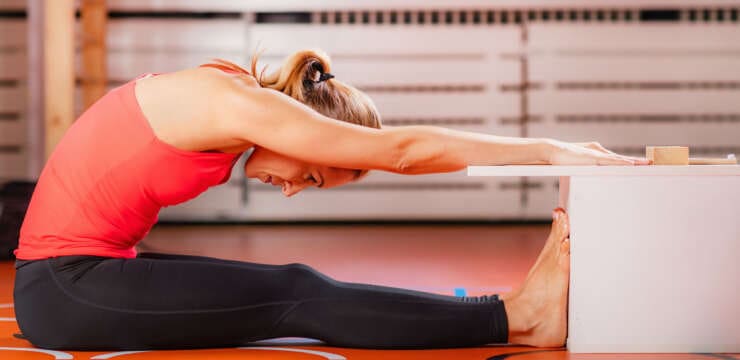
“For individuals experiencing tightness in the lower back and hamstrings, can utilizing the sit and reach test help determine an individual’s risk for future pain…

“Individuals with neck and shoulder pain may experience tightened lumps or knots in and around the muscles where the neck and shoulder meet. Can using…
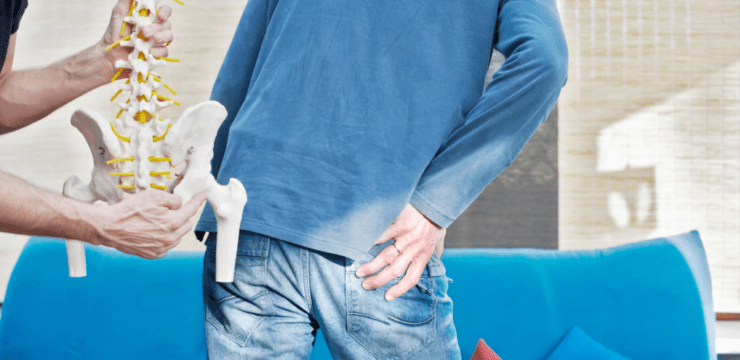
For individuals with back pain, how can health practitioners incorporate non-surgical solutions to reduce spinal pain? Introduction The spine is one of the most important…